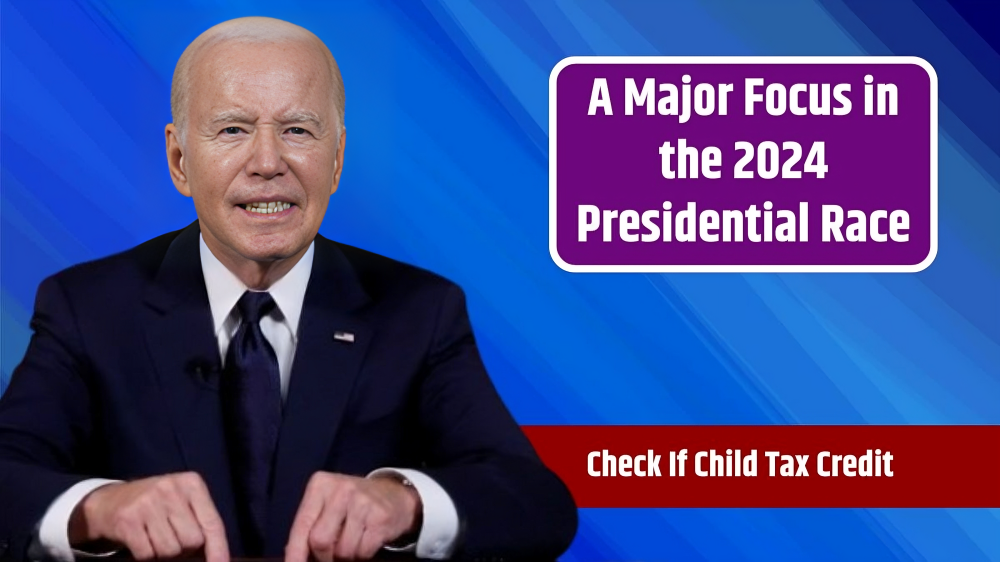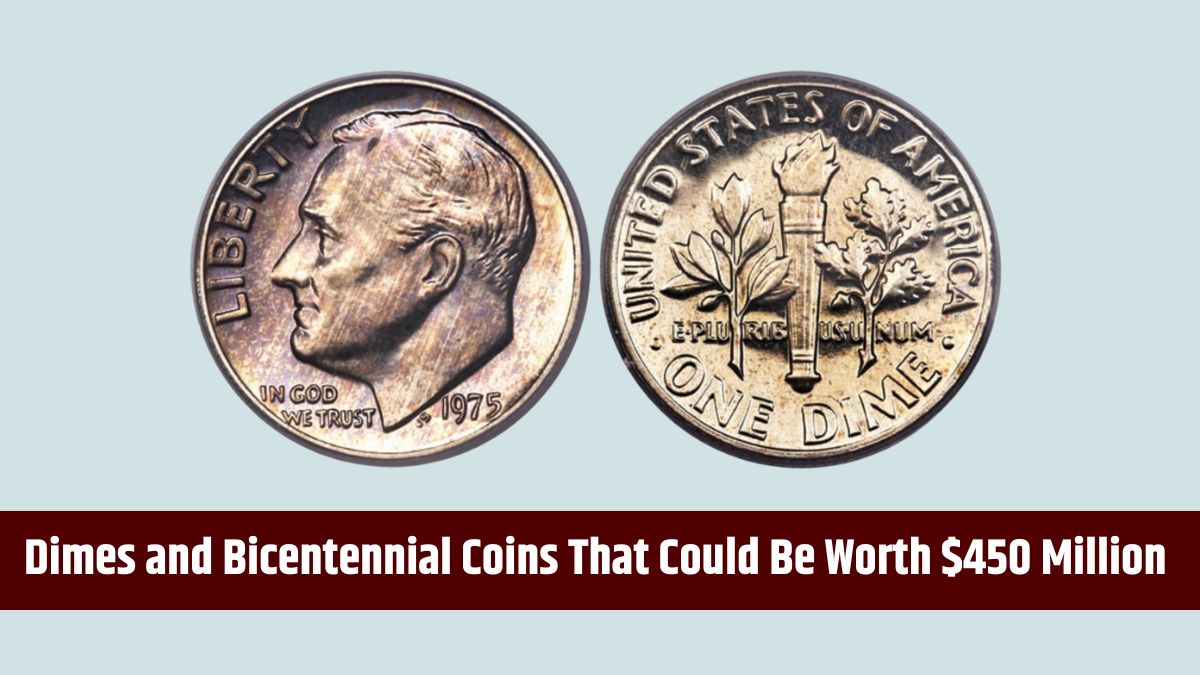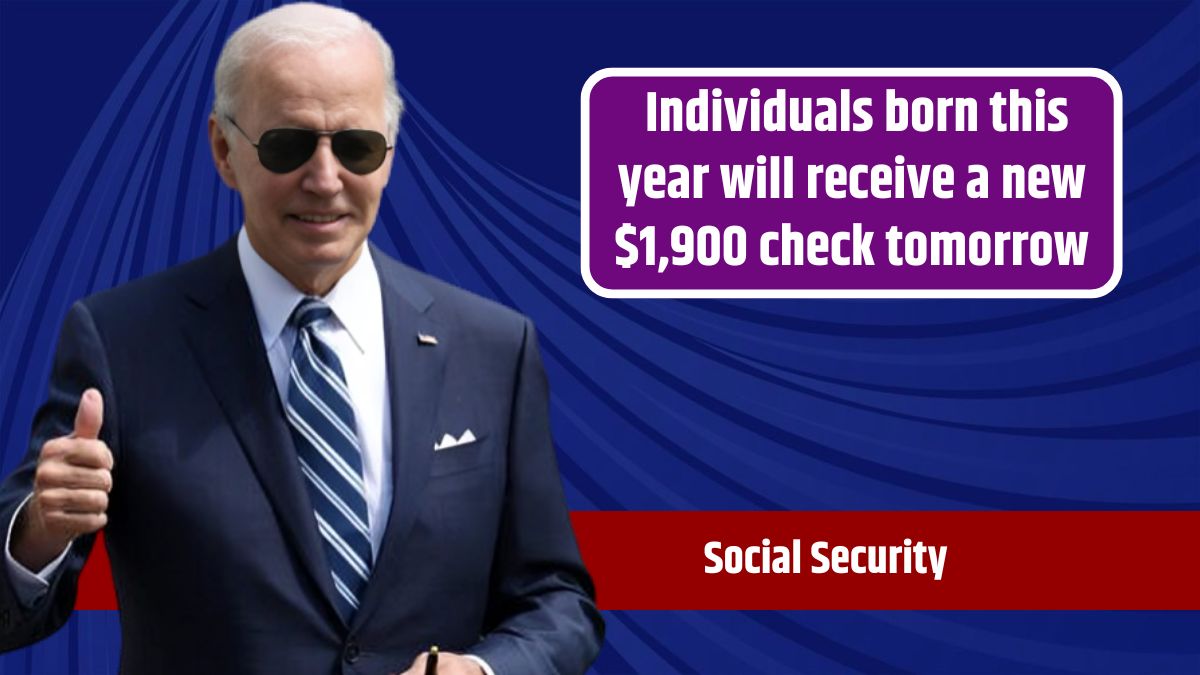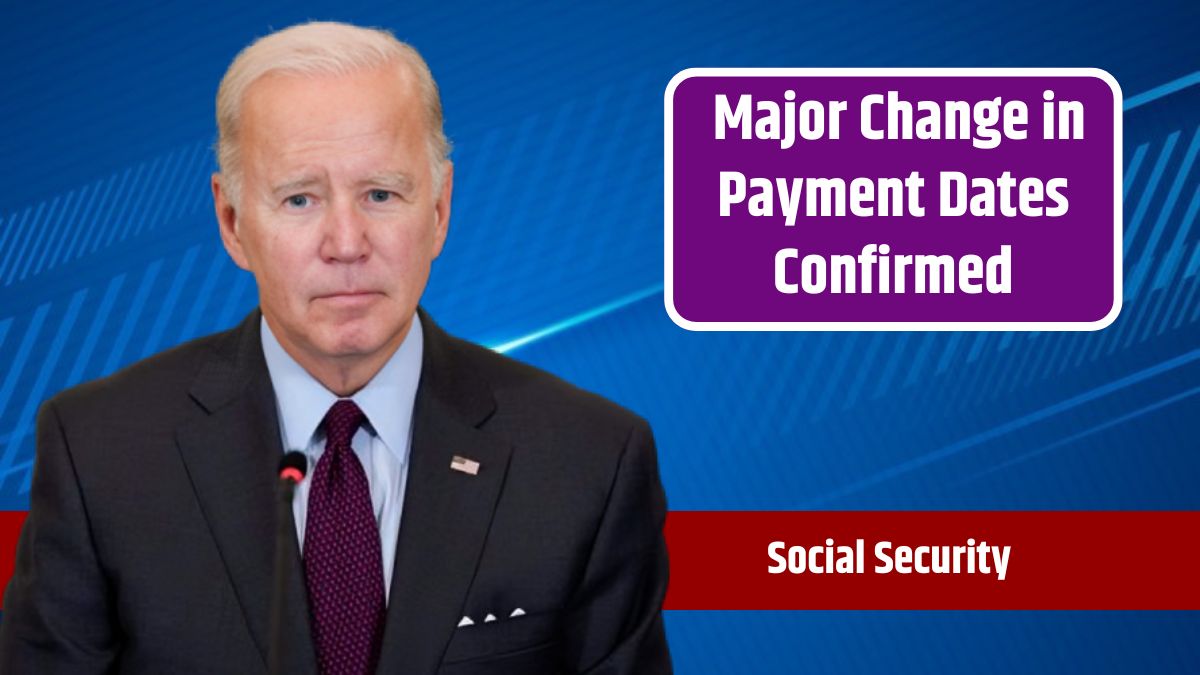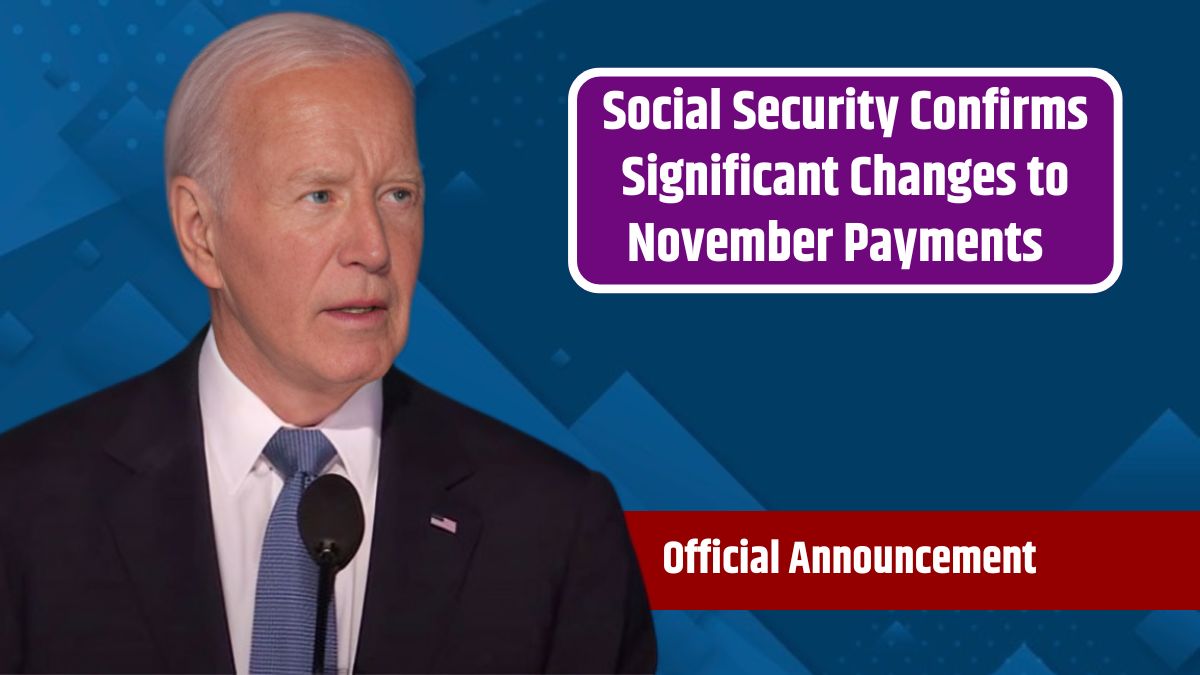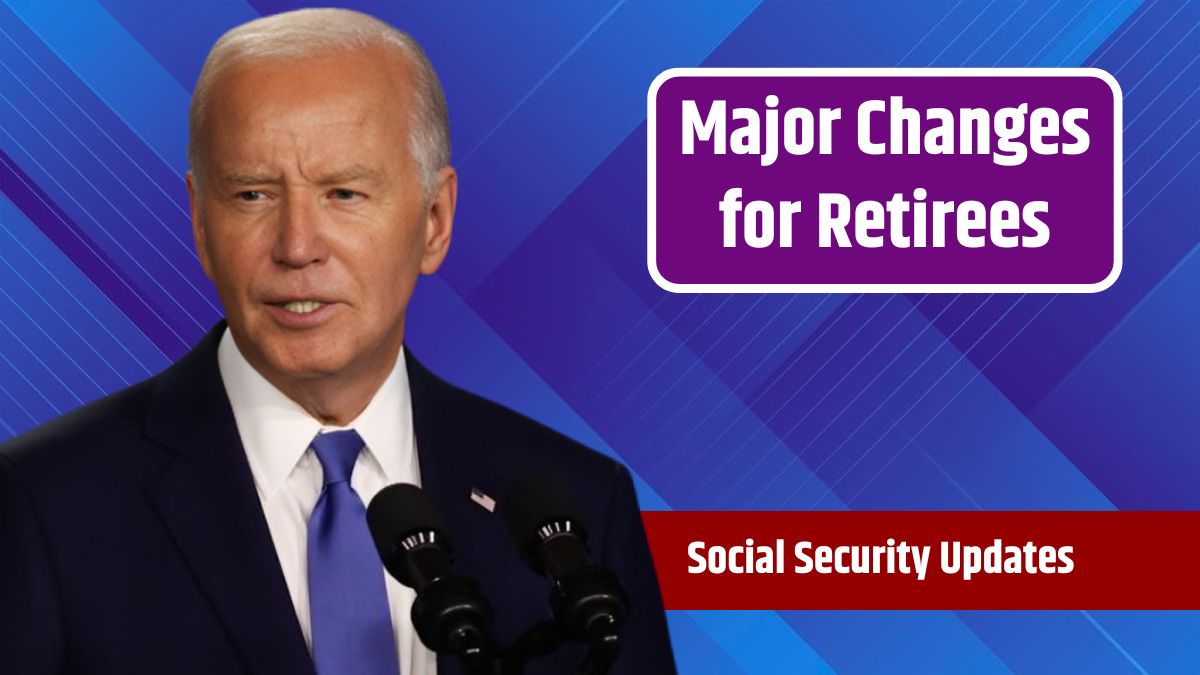As the 2024 presidential race heats up, Vice President Kamala Harris and Donald Trump’s running mate, JD Vance, have both put forward plans to expand the Child Tax Credit (CTC), aiming to provide greater financial support to American families. The CTC, a vital financial lifeline for families with children, saw a temporary increase during the COVID-19 pandemic, which lifted millions of children out of poverty. Now, with the pandemic’s economic impact lingering, both political figures are pushing for new updates to this policy. However, their proposals differ significantly in terms of structure and the potential benefits they offer to families.
Overview
The Child Tax Credit is a key element of federal financial assistance, designed to help families offset the costs of raising children. During the COVID-19 pandemic, the CTC was temporarily increased to $3,600 per child, which provided substantial relief to families. This expansion, which was part of a broader stimulus effort, was credited with helping lift approximately 2 million children out of poverty. However, this enhanced credit was short-lived, reverting to its previous maximum of $2,000 per child at the end of 2021.
As inflation continues to drive up the cost of living, particularly for essential items like food, housing, and child care, there is growing momentum to revisit and potentially expand the CTC once again.
Harris’s Proposal
Vice President Kamala Harris has outlined a plan to significantly expand the Child Tax Credit, with a particular focus on supporting families in the crucial early years of a child’s life. Harris’s proposal includes:
- $6,000 Credit for Newborns: Harris proposes offering a $6,000 tax credit for the first year after a child’s birth. This sizable credit is intended to help families manage the substantial costs associated with welcoming a new baby, including medical expenses, child care, and basic necessities.
- $3,600 Annually for Subsequent Years: After the first year, the tax credit would adjust to $3,600 per child each year, mirroring the enhanced amount provided during the pandemic.
- Income Restrictions Maintained: Harris’s plan would retain the current income thresholds for eligibility, meaning that only couples earning up to $400,000 and individuals earning up to $200,000 would qualify for the full credit. This approach is aimed at ensuring that the benefits are targeted toward middle- and lower-income families who need the support most.
Vance’s Proposal
JD Vance, running as Donald Trump’s vice-presidential candidate, has introduced a different vision for the Child Tax Credit:
- $5,000 Per Child: Vance’s plan proposes a flat $5,000 tax credit per child. This approach provides a substantial boost over the current $2,000 credit, aiming to offer immediate financial relief to families.
- No Income Restrictions: Unlike Harris’s plan, Vance advocates for removing income restrictions altogether. Under his proposal, all families, regardless of their earnings, would be eligible for the CTC. This universal approach would ensure that even the wealthiest families can claim the credit, arguing that all families should receive support for child-rearing.
Implications
The key differences between Harris’s and Vance’s proposals lie in the amount of the credit, the timing of payments, and the eligibility criteria:
- Credit Amount and Timing: Harris’s plan offers a larger initial credit for newborns, reflecting the higher costs in the first year of a child’s life, while Vance’s plan provides a consistent $5,000 per child annually.
- Income Restrictions: Harris maintains the current income caps to focus the credit on families with lower and middle incomes, whereas Vance’s plan removes these caps, offering the credit universally.
- Impact on Low-Income Families: One critical question remains unanswered in both proposals—whether the CTC would be refundable. Refundable credits are especially beneficial for low-income families who may not owe enough in taxes to benefit fully from a non-refundable credit. If the credit is refundable, it could significantly enhance the financial support available to these families.
Child Care Costs
The urgency of expanding the Child Tax Credit is underscored by the skyrocketing costs of child care. According to a recent KPMG report, the price of day care and preschool has increased by 263% from 1990 to April 2024. This dramatic rise in costs puts immense pressure on families, making the need for expanded financial support more critical than ever.
Both Harris and Vance recognize this challenge, and their proposals reflect an knowing of the financial burdens families face today. However, the differing approaches highlight the broader debate over how best to structure the CTC to provide meaningful relief.
As the presidential race progresses, these competing plans will likely become a focal point of discussions on family support and economic policy. For now, families across the nation will be watching closely to see how these proposals could impact their financial futures.
FAQs
What is the current Child Tax Credit amount?
The current Child Tax Credit is up to $2,000 per child.
How does Harris’s plan differ from Vance’s?
Harris proposes $6,000 for newborns and maintains income limits; Vance offers $5,000 per child with no income restrictions.
Is the Child Tax Credit refundable under these proposals?
It’s unclear if either proposal includes a refundable credit, which would benefit low-income families.
How much has child care costs increased?
Child care costs have surged by 263% since 1990, highlighting the need for expanded financial support.
Who would benefit most from Vance’s proposal?
Vance’s plan would benefit all income levels, as it removes income restrictions entirely.
